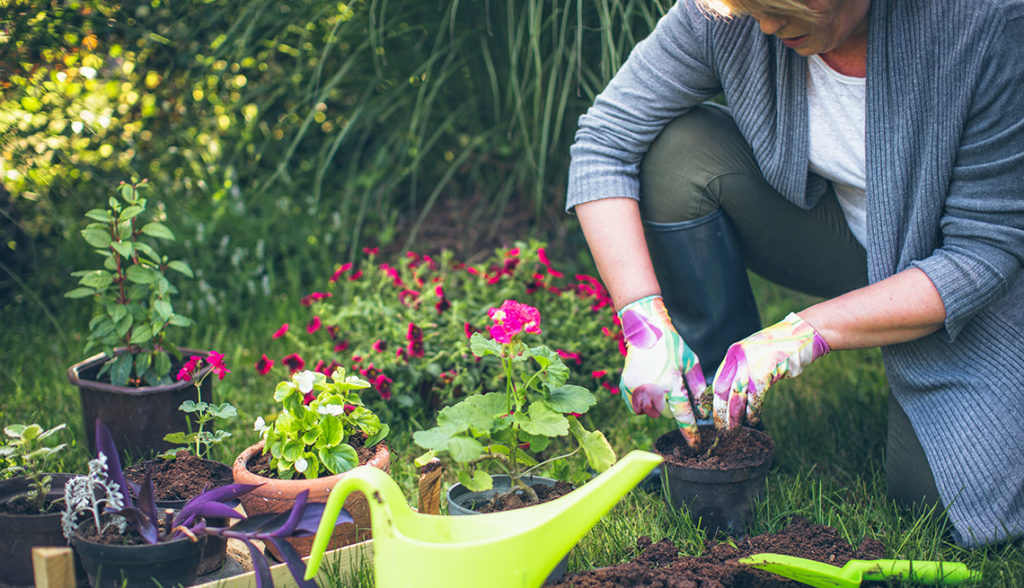
Summer is here and
gardens are thriving with lush green plants and vibrant flowers. Vegetables are
shooting up and everywhere you look, life is humming. But how do you ensure
that your garden is getting everything it needs to be at its absolute
best?
1.The Root Cause
Always check your plants thoroughly if you buy them in a garden center . Especially check the roots. If they are not healthy and white, or if they look dark and mushy, that may be a sign that the plant is unhealthy. It means that the plant will have a difficult time absorbing enough water to nurture its leaves, stems, or flowers. A diseased root means a diseased plant. That will not bode well for a garden. The roots are the foundation of the plant. Do not buy plants that have diseased or unhealthy-looking roots.
2. Friendly Fertilizer
When feeding your garden, any decent fertilizer will do, right? Wrong! The kind of fertilizer you use can determine whether your garden thrives or fails to flourish. What type of garden food should you use? For plants to grow faster and fuller, they need to be given the basic nutrients that most all plants need to live–nitrogen, potassium, and phosphorous. Actually, your plants need other nutrients as well, in smaller amounts. Some people choose to use natural an organic fertilizer as part of their commitment to being eco-friendly. Whatever fertilizer you use to boost your garden, make sure it has as many of the nutrient’s plants need. It is also possible to get too much fertilizer. Excessive amounts of fertilizer can damage a plant because the strong chemicals can burn its roots. Since one of the roots’ most important jobs is to absorb nutrients through water in the soil, damaged roots will compromise the plant’s ability to do this. One of the best fertilizers for plant that thrive on acids, is coffee grounds.
3. Thank you very mulch
You should also consider adding mulch to your soil, in addition to the fertilizer. Mulch can help stem the growth of weeds. It can also discourage the spread of diseases and retain the plant’s moisture. You should probably add around 3-4 inches of mulch, to get the most benefit.
4. Two’s company, three’s a crowd
Some plants work well together. If you companion plant, make sure you put pair plants that complement each other. Some plants can actually replace nutrients lost by other plants. Plants can even work together to discourage unwanted guests. If you put too many plants together, however, you risk crowding the garden. A crowded garden may be its own worst nightmare. Plants in overcrowded gardens are usually malnourished, do not produce a healthy yield, and are more likely to be besieged with insects and certain types of diseases. Save yourself a great deal of hassle and properly space your plants.